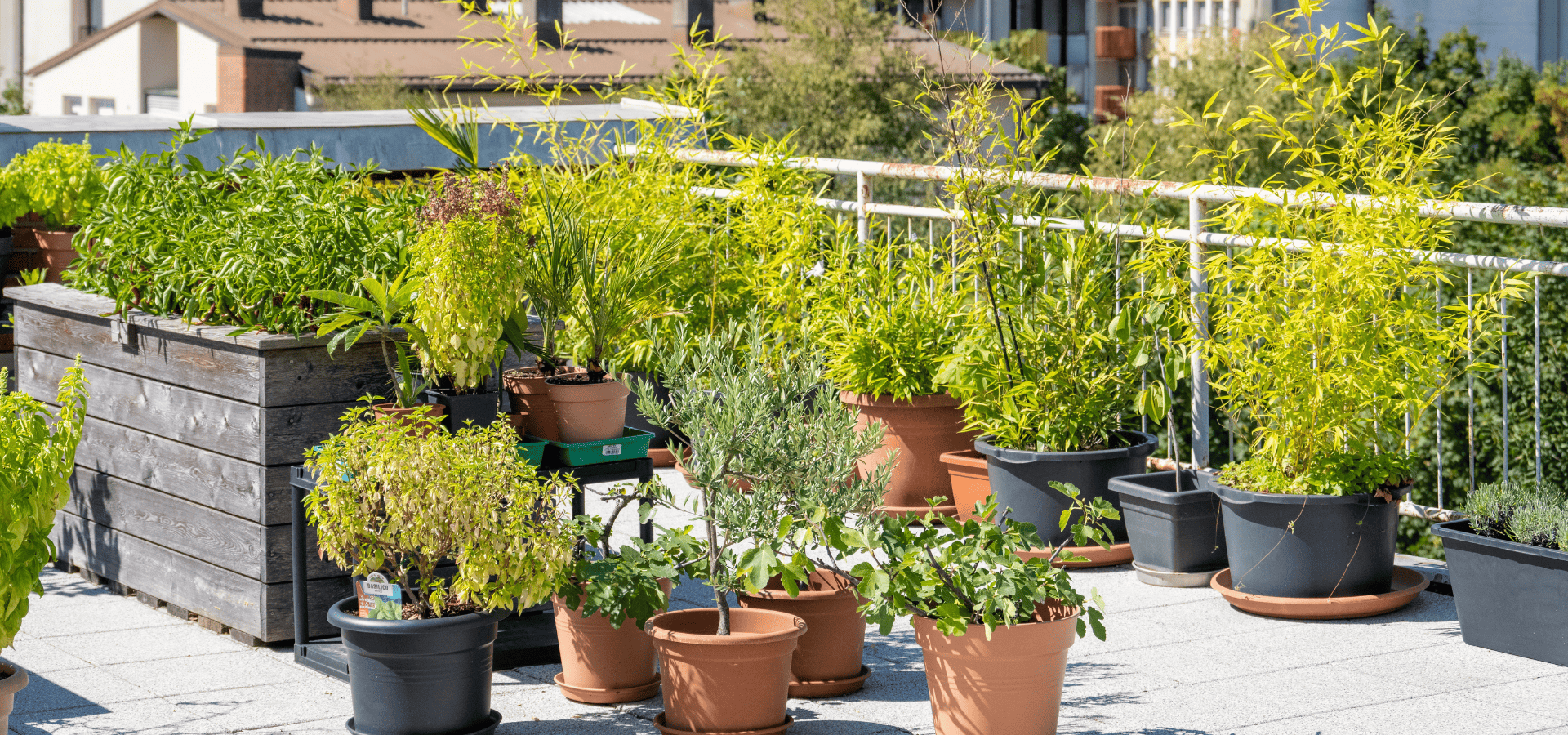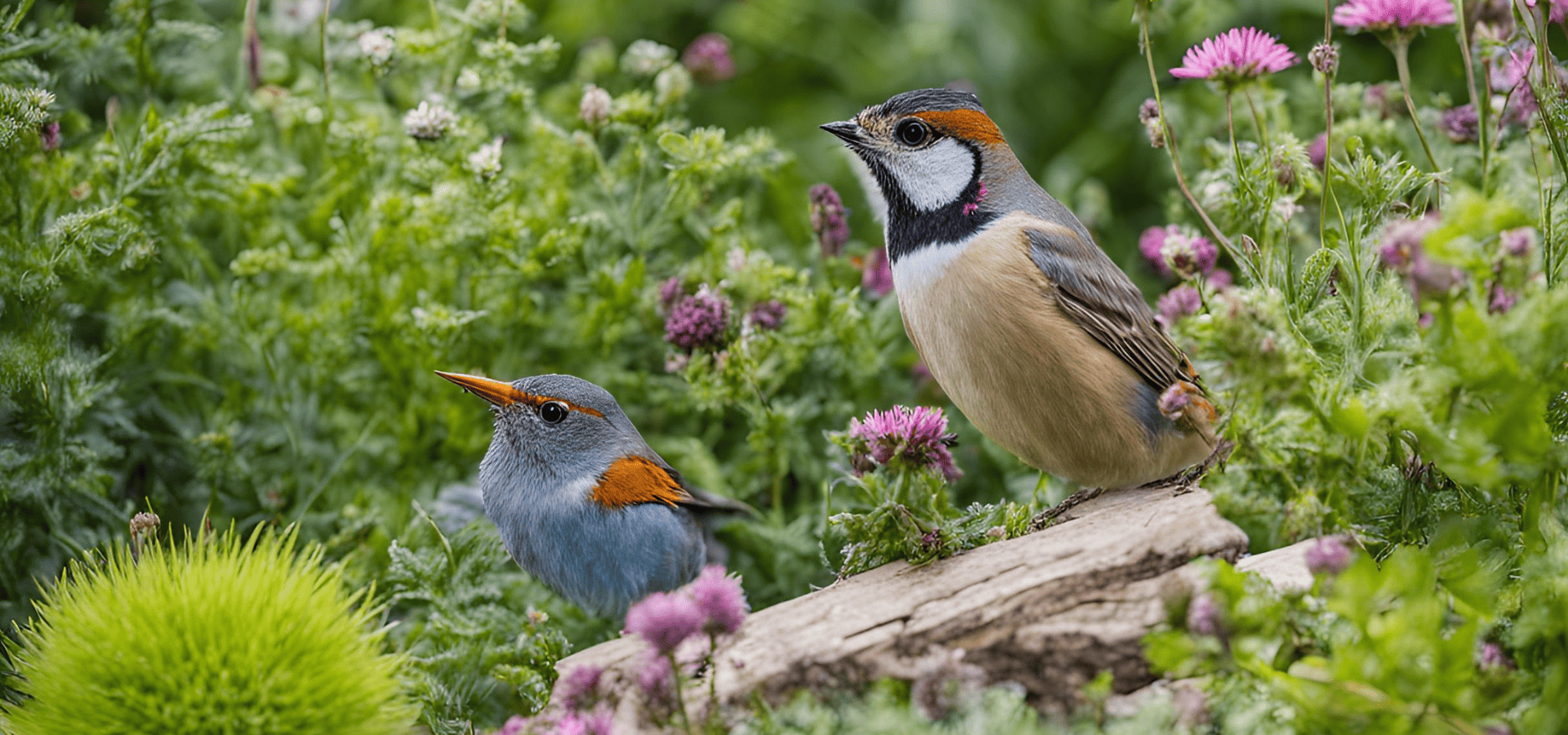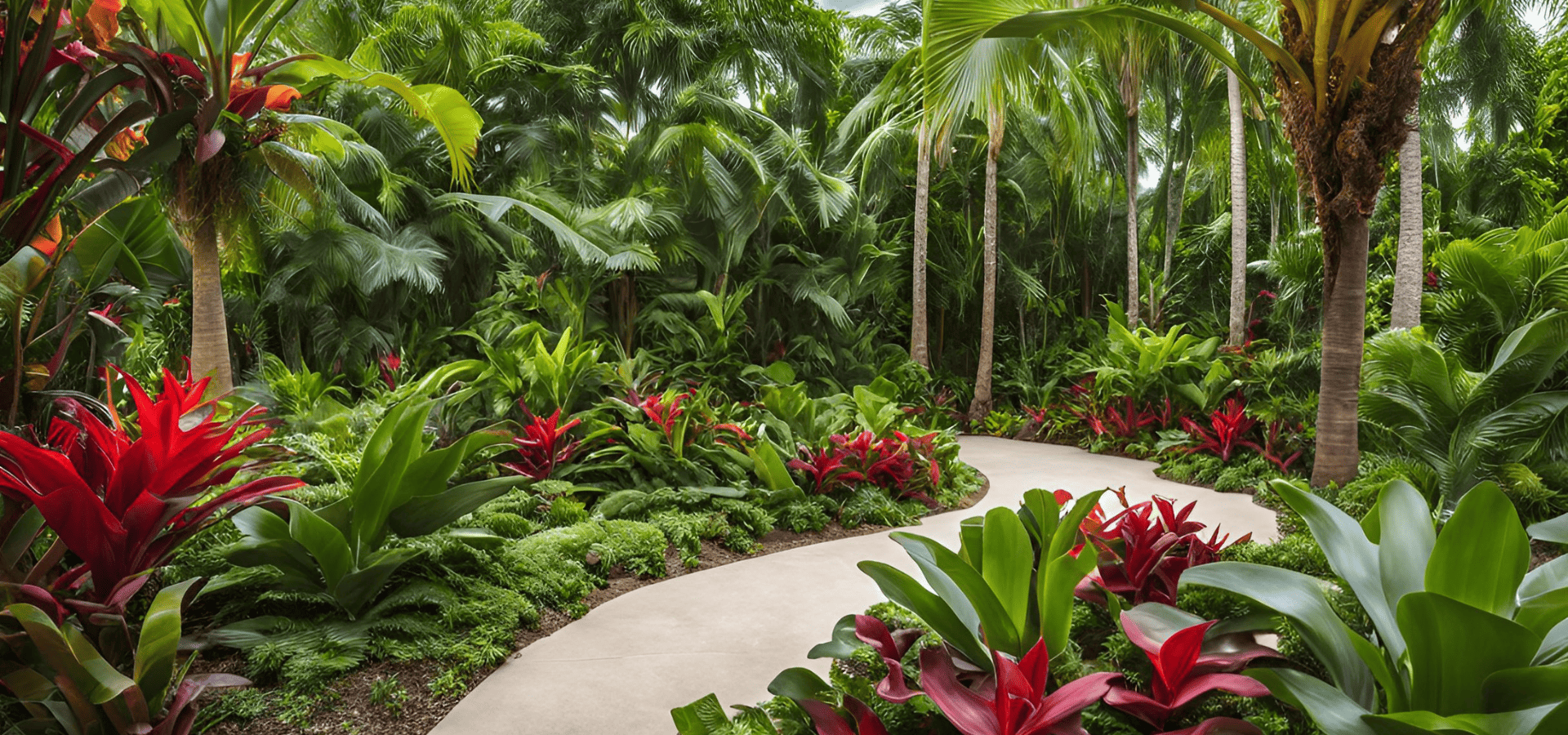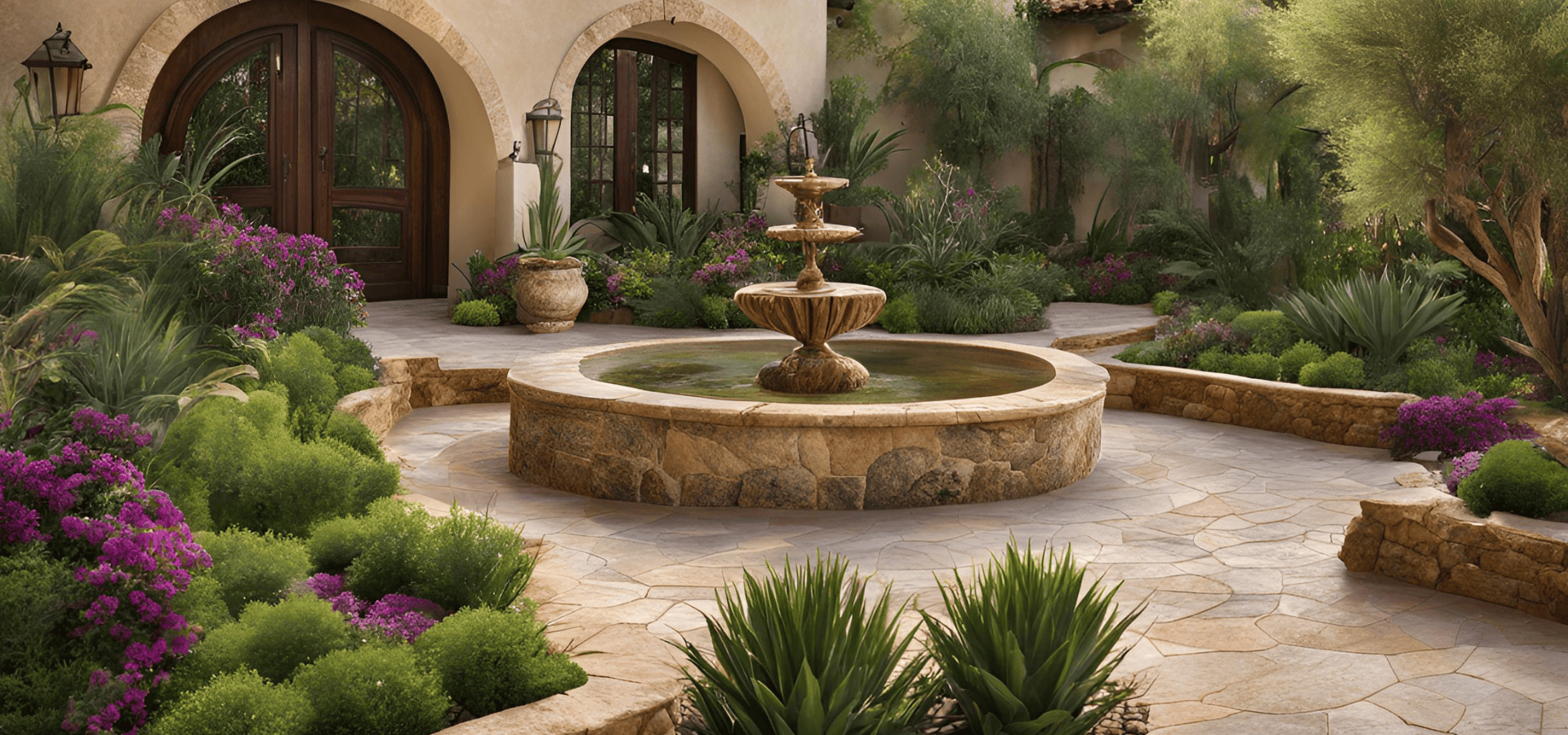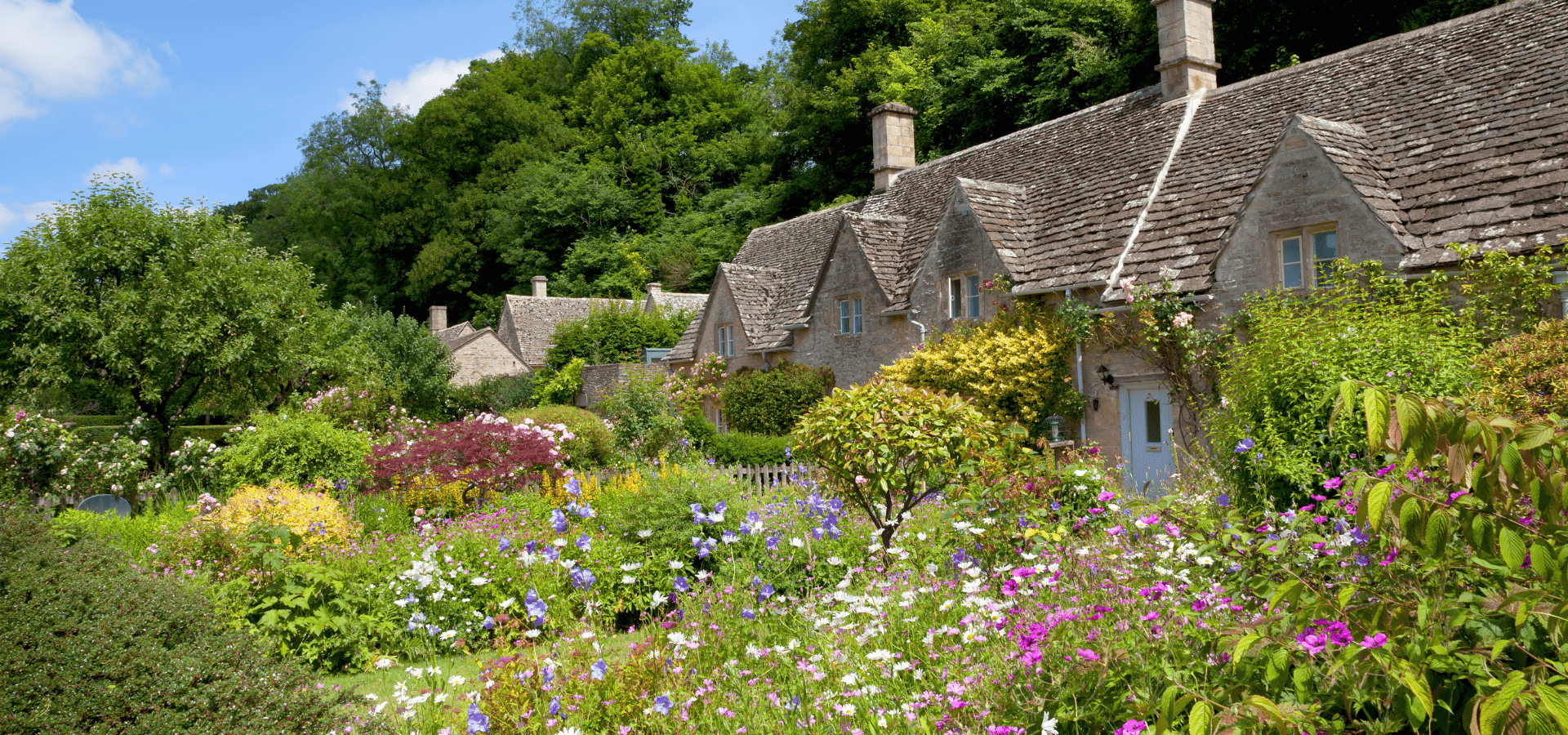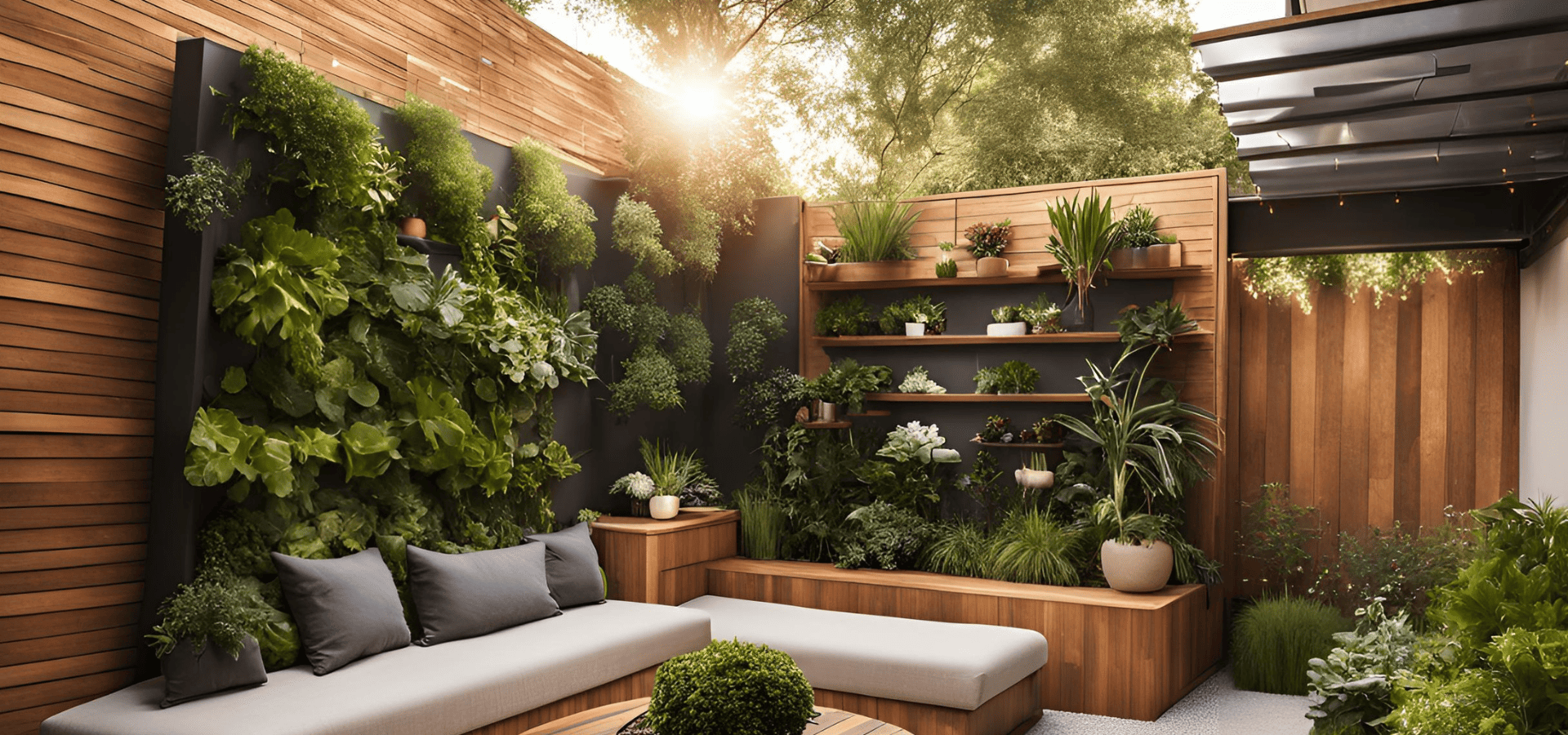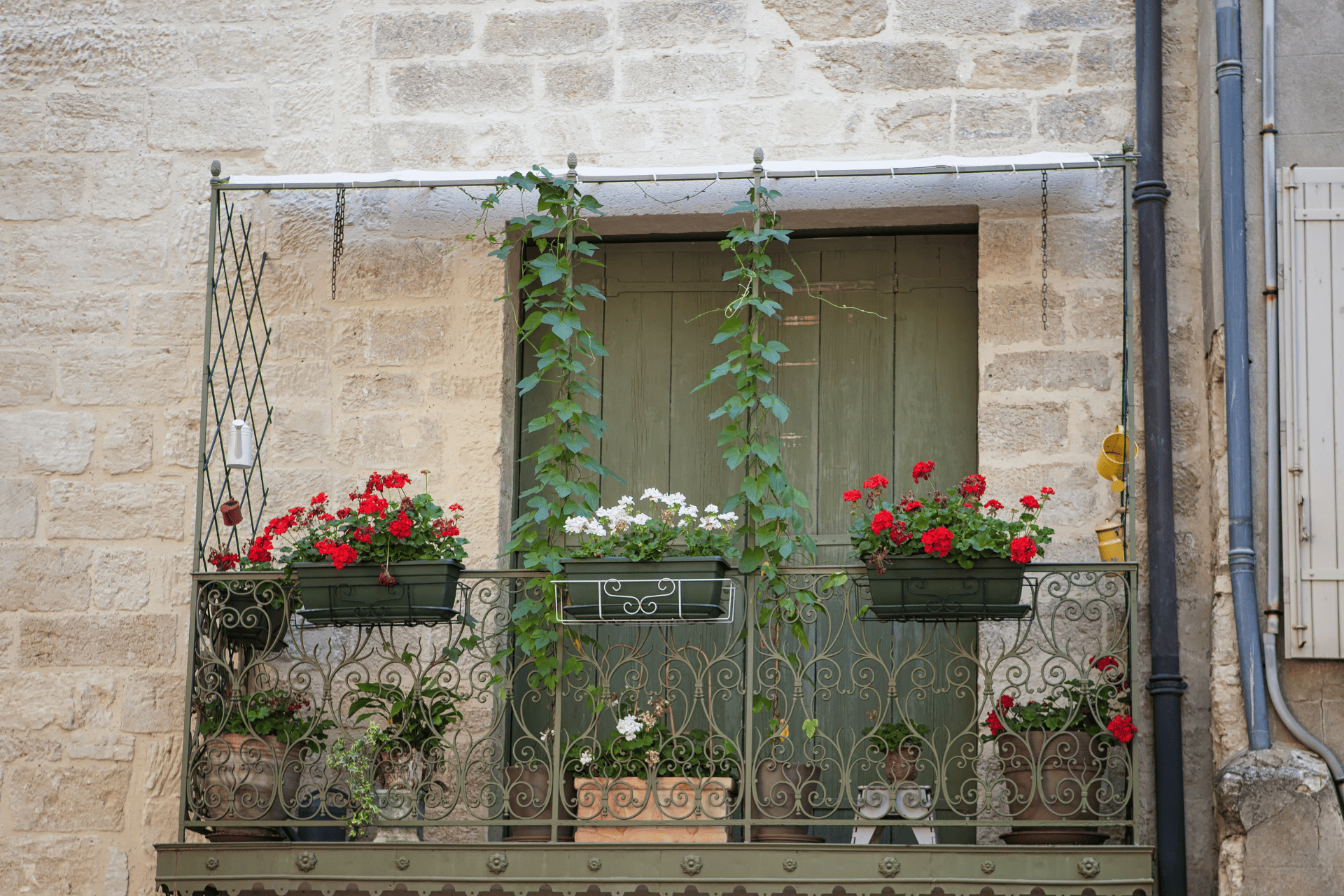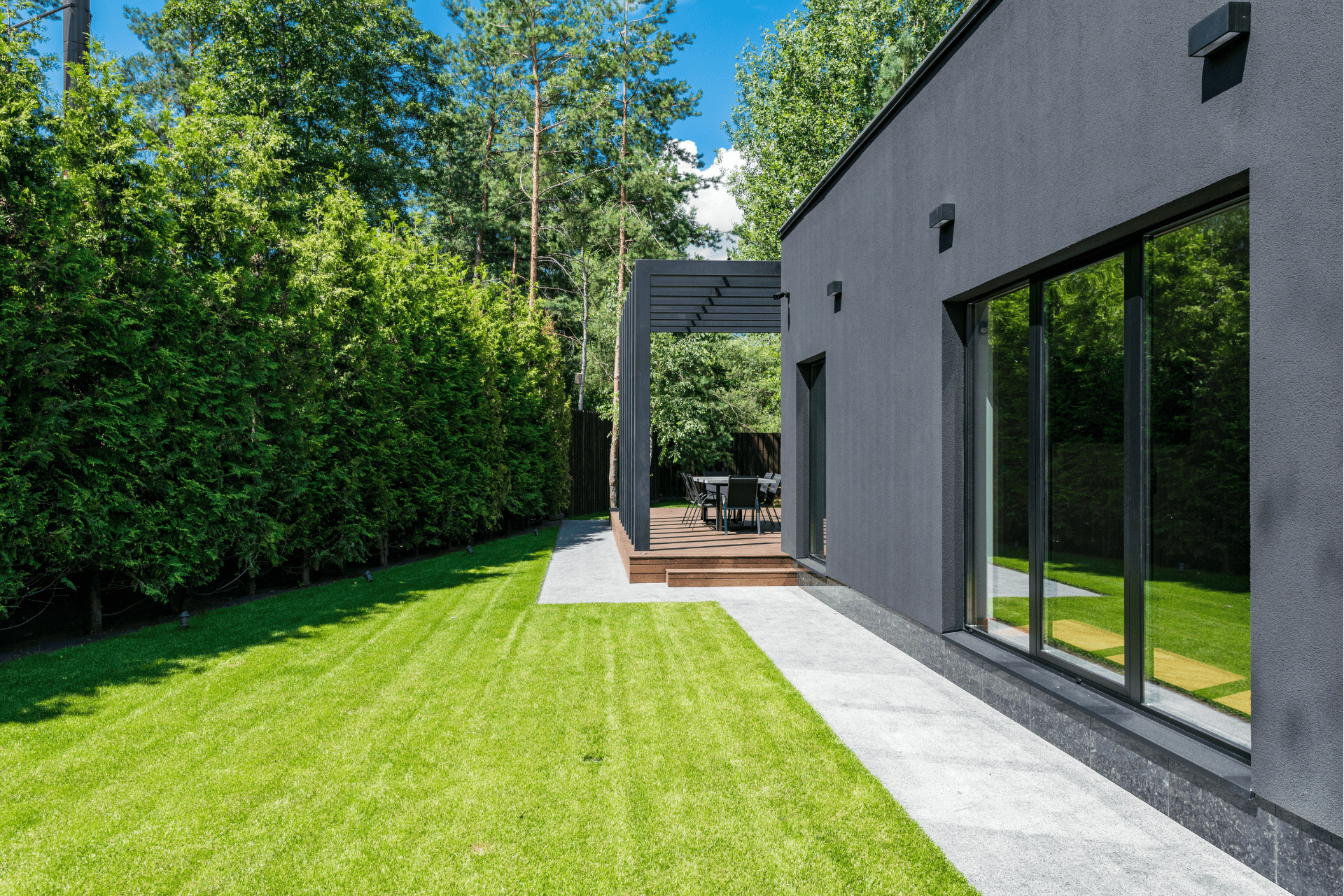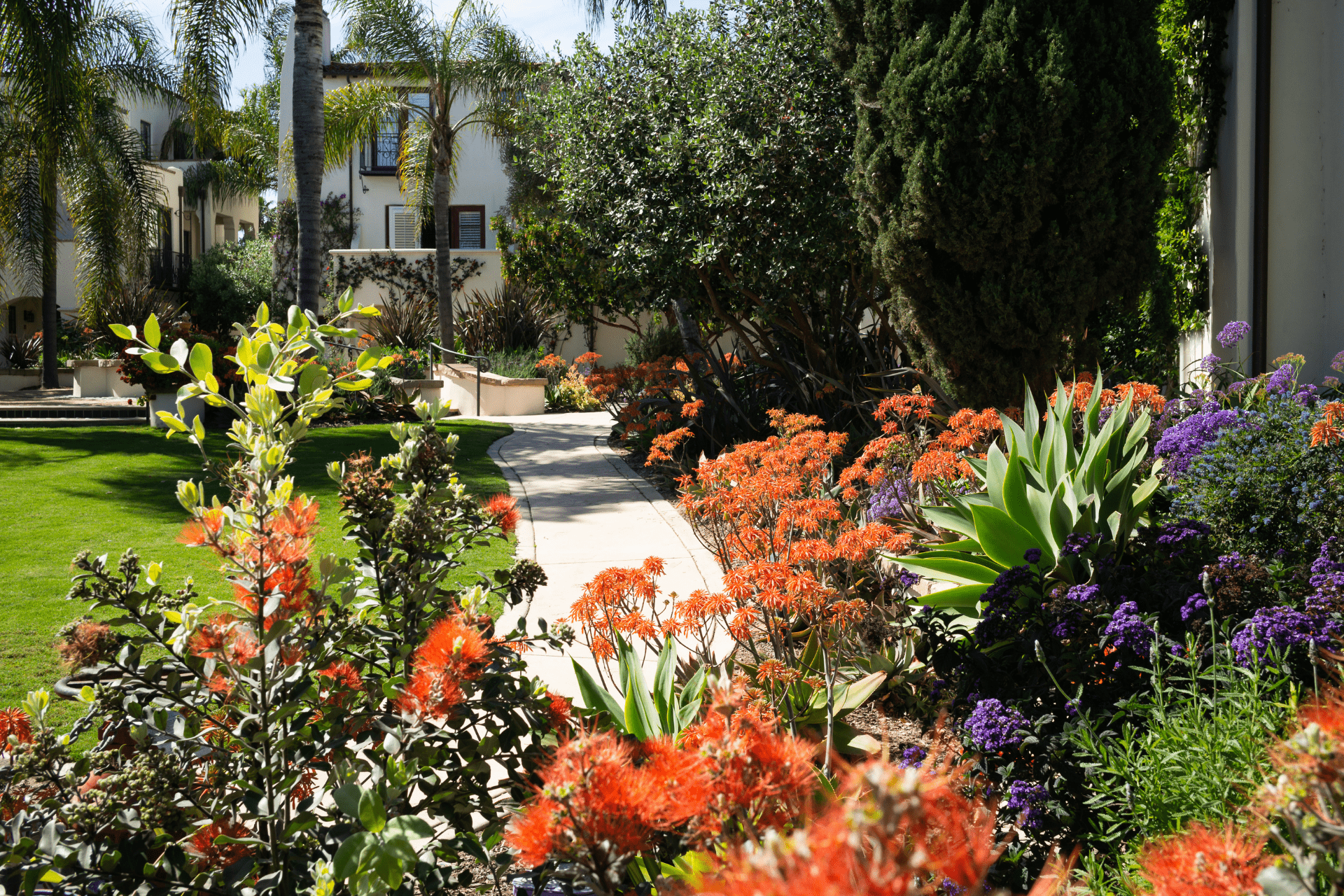The Complete Japanese Garden Landscaping Guide
Japanese gardens are one of the most aesthetically pleasing gardens you can have. With their simple designs and use of symbolic Japanese elements, when done properly, a Japanese landscape transports you straight to Japan.
Japanese gardens bring a certain sense of peace and calm and are perfect for quiet reflection or just a serene retreat in solitude.
That said, they are also great places for quiet gatherings like a book session or just having a conversation over tea.
So if you’re someone who loves peace and quiet, or just someone who appreciates a tranquil place to retreat to and get away from everything, read on to find out how to landscape your very own Japanese garden.
1. Do You Really Want A Japanese Landscape?
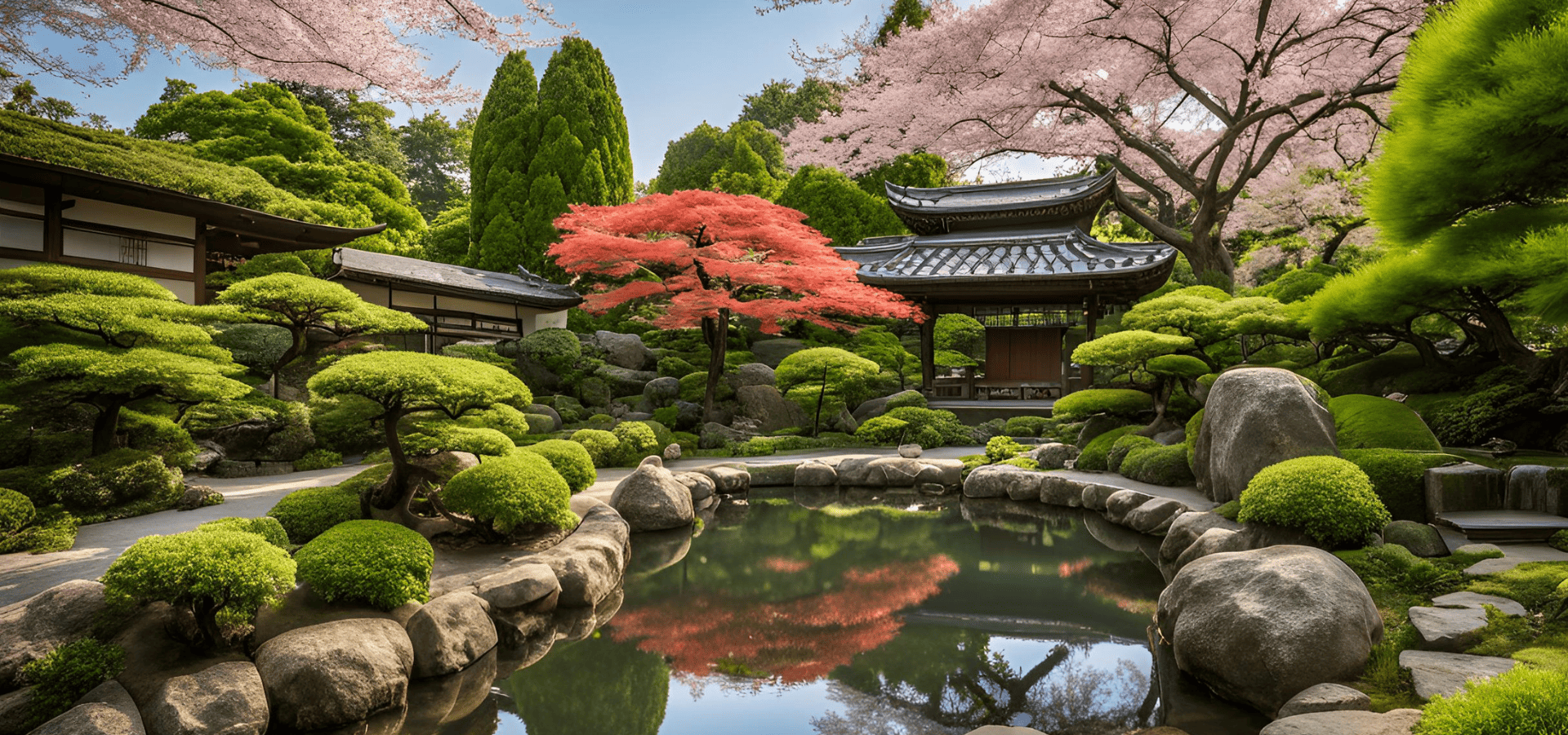
First off, before you go any further, you need to consider whether you actually want a Japanese landscape. Yes, they have a unique beauty that can’t be recreated by other landscapes, but there are some drawbacks that you should be aware of.
Pros
Let’s start with the benefits that these gardens bring.
- Unique beauty: The Japanese style isn’t often seen, and it brings with it a certain exclusive beauty that other landscaping styles can’t even come remotely close to. Everything, from the plants used to the hardscapes, is unique to this landscaping style, which only makes your garden even more special and helps it stand out from other regular landscapes more.
- Psychological wellbeing: While plants and greenery have already been proven to be beneficial to emotional and mental wellbeing, meaning all landscapes serve that purpose, Japanese gardens are even more relaxing than most landscapes. In other words, they are even more effective at helping you relax and destress than other gardening styles. On top of that, their quiet, serene environment helps clear your head and facilitate thinking.
- Fun: Japanese gardens often have unique features that aren’t seen often in the US, and having them in your garden allows you to not only experience something new, but use it, which can be a really fun experience. Some examples of these are bridges, koi ponds, tea houses, and even pagodas!
Cons
Now for the bad. As with any landscape style, there are inevitably disadvantages.
- Space requirements: Hardscapes are indispensable in Japanese gardens, and the hardscapes for this style usually take up substantial space. This means less functional space, and while you can use smaller ones for smaller spaces, there’s only so much smaller a bridge or a koi pond can get before they don’t look like one anymore.
- Upfront costs: Due to their uniqueness, the hardscapes for Japanese gardens are more expensive, as they are harder to manufacture. This includes the water features, rocks, and so on. The sames goes for the plants too. Basically, most of the elements are unique and less common, which overall can add up to a fair bit more initial cost.
- Maintenance requirements: Japanese landscapes are neat and simple, and to keep them that way, timely pruning and cleaning up any clutter is required. Gardens that are neat and minimalistic are bound to require more frequent maintenance.
2. Design Principles
When designing your Japanese garden, make sure to follow these key principles to ensure your garden turns out like it should.
Balance
Unlike most landscapes where certain elements shine more than others, every element in a Japanese garden should feel like it’s there to make up part of the whole aesthetic, rather than to be the focal point.
For example, if you had a cottage garden, the main highlight of your landscape would be your garden. If you had a Mediterranean garden, your main highlight would be your functional areas.
However, for Japanese-style gardens, even if there’s a bridge or koi pond, it shouldn’t particularly stand out. Instead, it should serve as merely part of the overall garden.
Obviously, a koi pond or a bridge is more special than the plants. But their design and their color should not be too striking such that they end up looking like the main highlight or make the surrounding features look unimportant.
The plants have to do their part too to have more vibrant colors so as to not be outshone by more prominent features, which will inevitably be present in this gardening style.
Minimalism
Do you feel calm when your room is in a mess or when your table is cluttered with stationary and books and whatnot? Probably not right?
In order for a Japanese garden to feel calm and tranquil, it needs to be free of clutter and have plenty of open space, with each element strategically placed so that everything feels neat and doesn’t overcrowd the space.
Simplicity
Besides minimalism, another key design principle is simplicity. The reason why every feature in the landscape comes together is because it’s the same few elements, the same few plants being used throughout.
Think about it. If you had roses on one end, dandelions on the other, foxgloves on another end, and then a bunch of primroses, how are they supposed to look cohesive? Each end may look great on its own, but they won’t come together to look cohesive.
Instead, imagine if you had just roses throughout with a touch of foxgloves here and there. That would make it seem like your entire landscape is a complete tapestry.
Likewise, for Japanese gardens, for various parts of the landscape to work with each other and look like they all belong in the final tapestry, you need to use the same types of grasses, trees, shrubs, and groundcovers throughout.
The same goes for your hardscapes. Whatever color or style you’re going with, make sure the rest of your hardscapes follow the same aesthetic.
Symbolism
One reason why Japanese gardens feel so serene and almost spiritual is because the elements are guided by symbolism.
To be fair, each feature would look as good whether or not it actually symbolized something. That said, by knowing what each feature symbolizes in your garden, each time you look at it, you’ll be prompted to explore deeper questions, thus enhancing the calm, contemplative vibe of your Japanese landscape.
3. Choosing The Plants
As part of the simple minimalistic design, you should have mainly greens in your garden. You will want a variety of greens though to add variety.
Here are commonly used greens for Japanese landscapes:
- Bonsai trees: Bonsai trees are one of the most frequently used plants in Japanese gardens, and for good reason. While you most definitely can successfully pull off a Japanese garden without them, the mere addition of bonsai trees can almost turn a random landscape into a Japanese garden. That’s just how strongly they convey the Japanese feel.
- Japanese Matsu Pine (Bonsai): One of the most popular choices for bonsai trees, matsus also symbolize longevity and resilience.
- Japanese Momiji Maple (Bonsai): Another popular choice for bonsai trees, these maples remain green in the spring and summer, but come fall, they turn into a stunning display of red, yellow, or even brownish gold, depending on the species. In winter, they shed their leaves, leaving behind intricate branches. Even in winter, certain varieties like the Coral Bark Maple continue to add color, as their branches remain a vibrant red.
- Moss: Moss is usually used as groundcover for Japanese gardens, due to their ability to cover every inch of ground without leaving any gaps like a green cloth, further helping connect the various parts of your landscape.
- Azaleas: They bloom in spring, helping add color for that season.
- Camellias: Camellias bloom in late fall, helping to ensure your garden has some color throughout the year.
4. Hardscapes
With the plants down, let’s move on to the other half of your landscape - the hardscapes. Some of them have already been mentioned earlier, but we’ll go into detail here.
Stones and Rocks
Stones and rocks are placed along the paths and often around the water features. Their random, irregular shapes help break up neat lines along the paths so that they don’t feel as man-made and will instead have a more natural feel. The same goes for when they’re placed around water features.
Stone Paths
The paths for Japanese gardens usually consist of either stone steps along the soil or gravel, or using gravel or tiny pebbles as the path itself.
For the stone steps, their shapes are irregular rather than shapes like squares or circles.
Also, the stone paths for Japanese gardens are mostly winding and curving and rarely straight. This is to facilitate contemplation, as straight paths would be rather monotonous.
Lanterns
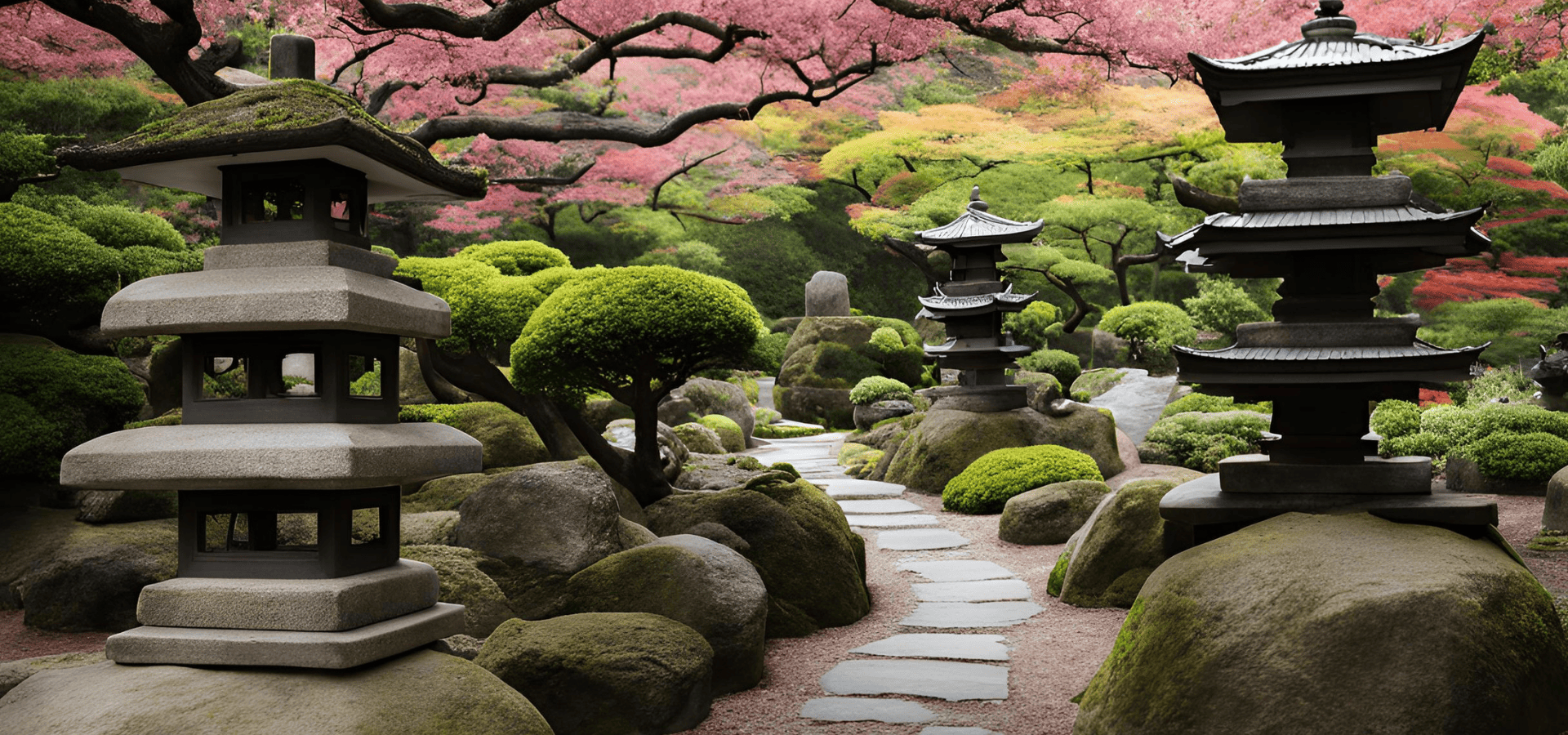
Needless to say, modern lighting options like bollard lights wouldn’t look right, so lanterns, as one of the oldest light sources and a still often-used light source in some parts of Japan now, are perfect for the job.
Lanterns also symbolize guidance and enlightenment. Guidance specifically is their very purpose, thus a fitting symbolic meaning.
Besides along the paths, place them near more prominent features like water features to subtly guide visitors’ minds to realize these are the more prominent highlights of your garden.
Water Features
Water features are a must-have in Japanese landscapes. Even for normal landscapes, water features help bring serenity to a garden through their soft, rhythmic trickling. As such, naturally, they’re integral to inducing the tranquility of Japanese gardens.
Water also symbolizes purity and renewal.
Bridges
While not often seen in US homes since they would look out of place, for Japanese gardens, having a bridge adds more visual interest and appeal. It can also be used as a crossing over your water features, which would turn your bridge into a nice place for quiet contemplation while overlooking your water feature.
Conclusion
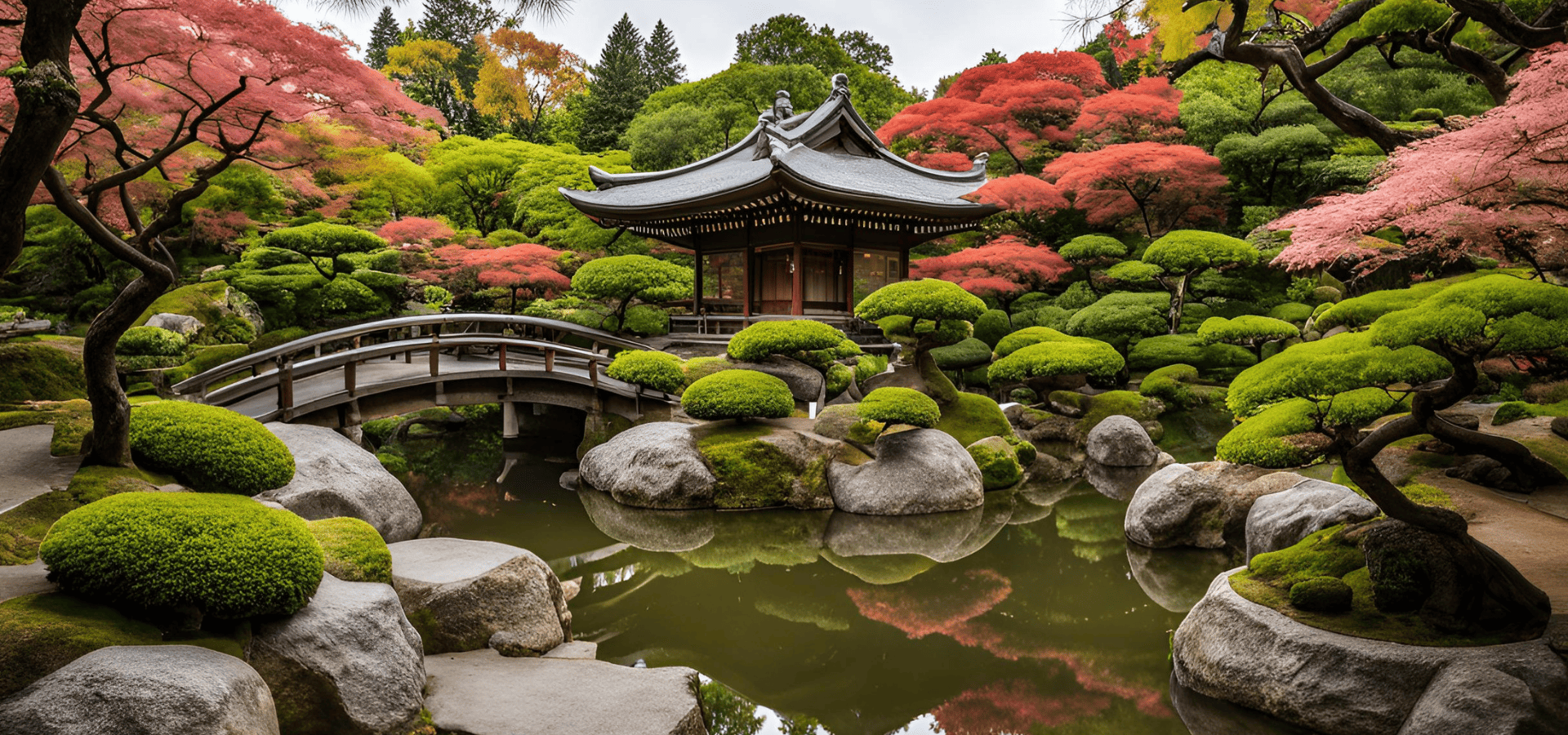
Japanese gardens have a grace and beauty that few other landscapes can mimic. While the initial costs are higher, they’re without a doubt worth it.
Even among Japanese gardens though, there are variations. There’s the Zen style that emphasizes minimalism and hardscapes even more, there’s the Tea Garden style, and there are Japanese gardens that incorporate more
modern elements.
Make sure that you do your research and check out different styles before coming to a decision, so that your Japanese landscape will be one that really reflects your personality and reasonates with you.
All the best!

